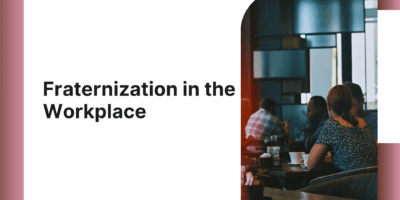
Fraternization in the Workplace
Is workplace fraternization a recipe for disaster or a catalyst for a stronger work culture? The answer isn’t black and white.

Human behavior is rooted in intrinsic and extrinsic motivation. These two fundamental factors influence people’s choices and determine their level of engagement and satisfaction. While the first comes from a self-driven, internal desire to engage in an activity, extrinsic motivation uses external rewards to influence behaviors.
In the workplace, this takes the form of employee incentives.
To understand the scope of their transformative potential, this Shortlister article takes an in-depth look into the topic, defining what incentives are, how they benefit employees and employers, and what the most common examples are in the workplace.
So, what are incentives exactly?
Incentives reinforce desired human behavior. Whether through a physical item or a non-tangible reward, they aim to persuade individuals or groups to do something or act a certain way.
Although a practice as old as time, it wasn’t until the early to mid-20th century that psychologists started exploring the incentive motivation theory.
The theory suggests that anticipating rewards or avoiding punishment drives individuals to exhibit a specific behavior.
Over the decades, this also led to a better understanding of incentivizing worker behaviors, pushing employers to align incentives with their employees’ core values to enhance motivation and productivity.
However, since the workforce is such a diverse group of ideas, desires, and personalities, recognizing the different types of incentives becomes paramount.
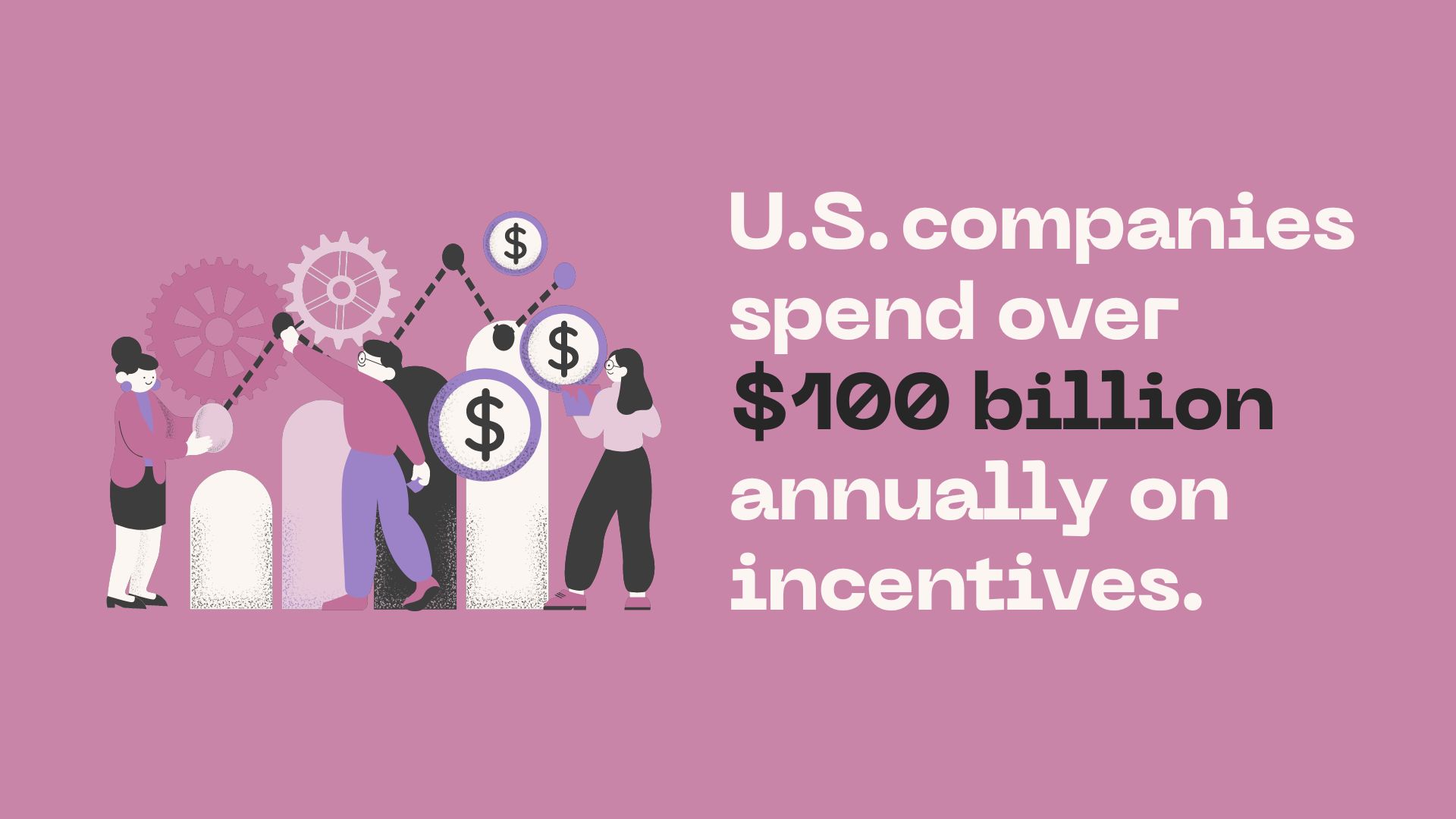
The complexity of human behavior means individuals can be inspired, motivated, and influenced by countless factors. That makes incentives a broad and intricate category.
Nevertheless, one classification remains consistent across different contexts, including the workplace – categorizing incentives based on their financial nature.
Overall, this simple classification helps employers design incentive programs catering to different aspects of employee motivation, considering how financial and non-financial factors contribute to job satisfaction and performance.
Answering what incentives are is just one aspect of understanding their specific role in the workplace.
In a corporate context, employee incentives are rewards or benefits employers offer to motivate and encourage the workforce to perform better, achieve organizational goals, and contribute positively to the workplace.
They can also inspire collaboration, boost morale, and improve employee retention.
The multitude of benefits they bring to the workplace explains why U.S. companies spend over $100 billion annually on incentives. A study by the Incentive Research Foundation (IRF) shows that, of those, $27 billion went to merchandise and travel incentives.
With cash incentives included, the total number exceeded $115 billion.
However, the study also indicates that a long-term approach outperforms short-term incentives.
Thus, companies are turning to a structured approach to make them more sustainable in the long term. In doing so, the definition of employee incentives extends from traditional forms of compensation to innovative programs that cover a wide range of rewards, recognition, and opportunities.
Employee incentive programs are structured workplace initiatives that employers implement to maximize and sustain the benefits of their incentives long term. That means they not only incentivize positive behavior but also use a comprehensive framework designed to increase success rates through careful planning, implementation, and ongoing evaluation.
Often, these initiatives combine more than one incentive, be it monetary, non-monetary, or both. However, implementing them goes beyond gift-giving or instant gratification.
IRF’s study shows that the length of an employee incentive program also matters.
In fact, those that run for a year or longer increased performance by 44%.
On the other hand, a six-month program yielded a 30% increase, while implementing an incentive for one week or less increased performance by 20%.
Ultimately, when organizations invest in long-term initiatives catering to their employees’ needs, they help create a positive work environment where employees feel more motivated, engaged, and committed to achieving shared goals.



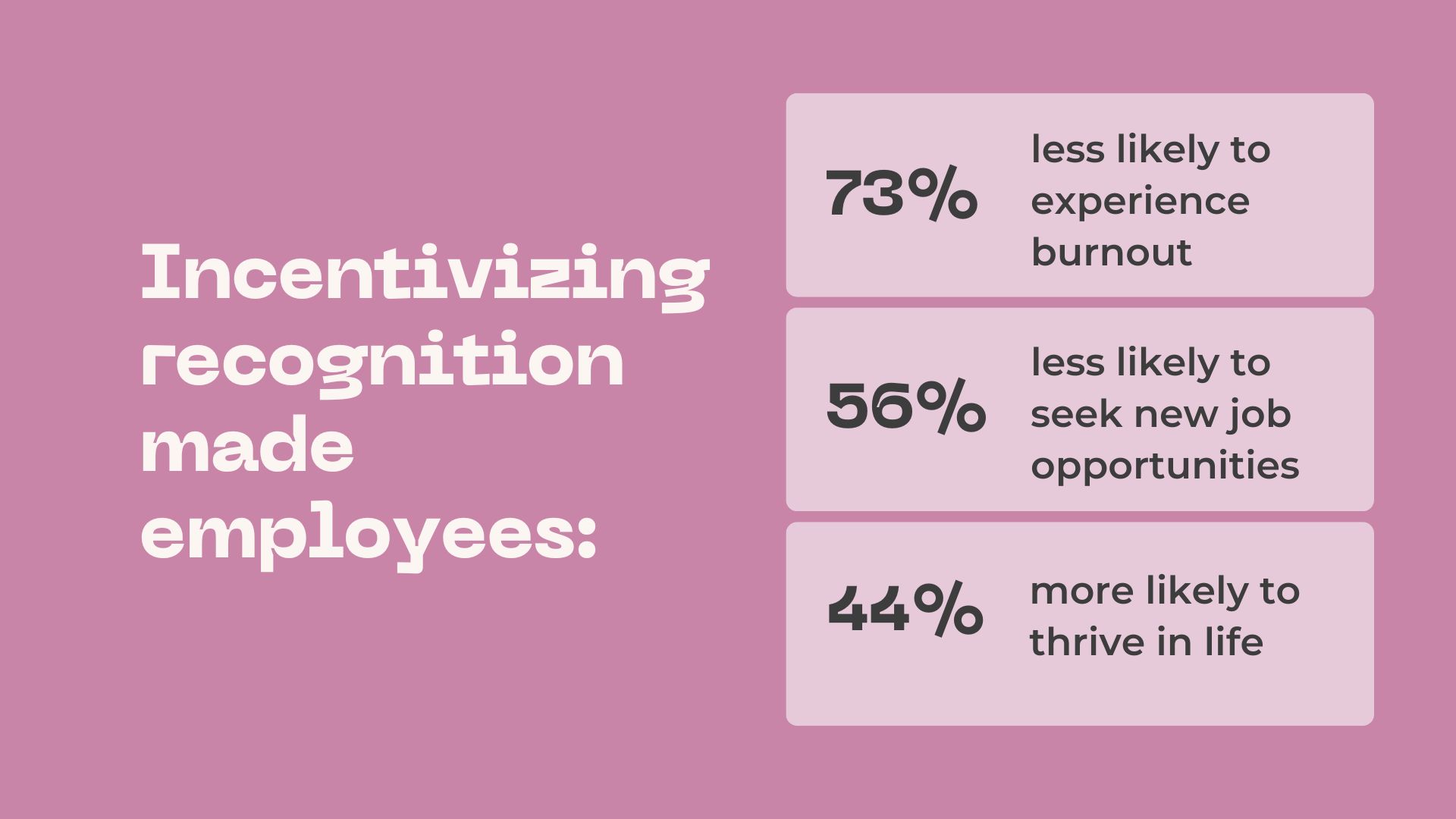
Incentives are often confused for or used synonymously with rewards, mainly because they share responsibility of motivating and engaging employees. However, their purpose and means of reaching this goal differ.
Employee incentives encourage workers to achieve a goal.
In other words, their primary aim is to drive desired behaviors and outcomes. They provide employees monetary or non-monetary rewards, recognition, or other motivation stimuli before achieving a specific “target.” Incentives can either promote short-term gratification and outcomes or lead to long-term growth by contributing to developing a positive company culture.
Employee awards reward workers for achieving a goal.
They aim to show recognition and appreciation for employees’ performance, contributions, loyalty, or certain milestones, regardless of whether these achievements are tied to a specific target. The types of employee awards can overlap with incentives, which is one of the reasons many confuse the two.
In summary, while both share many similarities, incentives are more focused on driving specific performance outcomes through targeted rewards, while rewards as a category incorporate broader gestures of appreciation and recognition for employees’ efforts and contributions.
A testament to their effectiveness, the research by IRF shows that, when done right, incentive programs can improve employee performance, increase engagement, and attract quality employees.
Moreover, statistics reveal that workers were seven times more likely to be engaged when satisfied by their company’s incentives. Incentivizing recognition, on the other hand, made employees:
As evidence supports the shared benefits of employee incentives, let’s take a closer look at what it means for employers and employees.
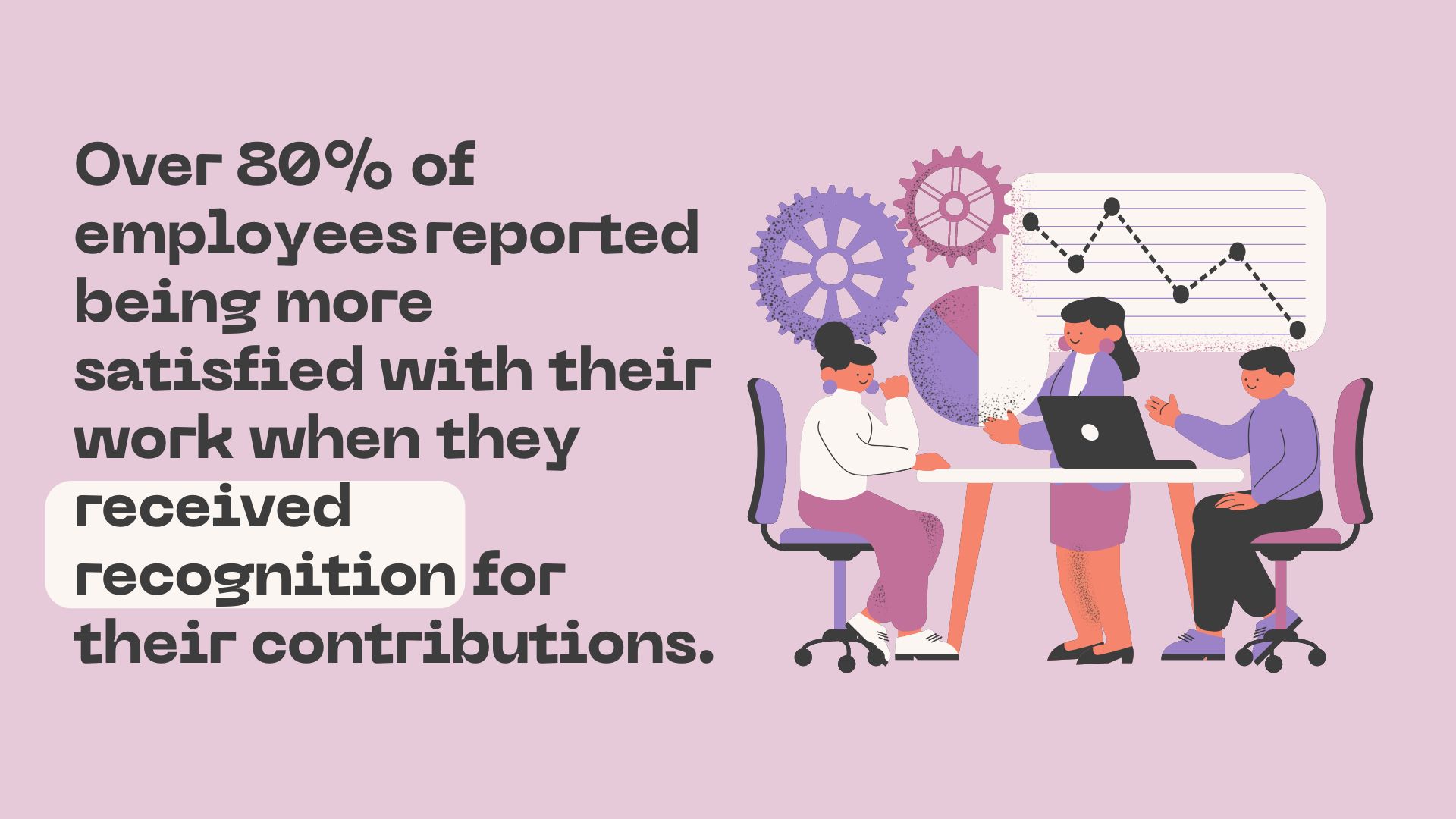
Corporate incentives range from cash bonuses to remote work to opportunities for employee training. While we already categorized them based on their financial background, the most common examples of incentive programs in the workplace include:
Below, we explore each category separately.
Rewarding employees for achieving performance goals and targets is one of the most common examples of incentive programs in the workplace. The mechanism is fairly simple – the company sets a measurable goal, and when individuals or teams accomplish it, they get compensated.
Performance-based incentives include:
Employee rewards and recognition motivate the workforce by showing appreciation for their work. In return, this reinforces positive behavior and strengthens employee engagement.
As a favored example of incentive programs in the workplace, many providers like Awardco and Guusto offer comprehensive recognition platforms and large awards catalogs that meet the diverse needs of the workplace.
Rewards and recognition programs include:
Related Content:
According to statistics, 76% of workers would stay with their employer if it offered continuous learning and development. That’s just one of the many reasons why an investment in employees’ skills and knowledge is an investment in company growth.
Thus, examples of this incentive program include:
Flexible work arrangements are increasingly popular non-monetary incentives. Statistics indicate that flexible working helped 58% of organizations improve their reputation.
Another 61% of respondents noted their company’s earnings grew, and 83% said productivity increased.
For employees, the autonomous flexible work allows them to practice a better work-life balance, leading to better job satisfaction, productivity, and well-being.
Understanding the importance of recognition beyond generic gifts, platforms like Nectar HR offer companies the opportunity to create personalized rewards unique to their workplace.
Examples of flexible work incentives include:
Related Content:
Finally, health and wellness initiatives promote employees’ physical and mental well-being. By prioritizing their workers’ health, organizations reduce absenteeism and healthcare costs and create a more positive and productive work environment.
Providers like WorkProud can help streamline this process through wellness and HRIS integrations, as well as extensive incentive and reward choices for different employee needs.
Wellness incentives include:
Related Content:
Research by Gallup and Workhuman reveals that recognition and rewards make employees four times more likely to engage at work and five times more likely to recognize growth opportunities.
In fact, numerous studies have confirmed the transformative potential of incentives in the workplace, especially on employee well-being and empowerment.
All around, incentives are what motivate employees to excel, innovate, and contribute their best efforts to the organization’s success. As such, their potential in the workplace transcends simple gifts and recognition and becomes a powerful driver of productivity, engagement, and overall performance, shaping the very culture and trajectory of the organization.
Disclosure: Some of the products featured in this blog post may come from our partners who compensate us. This might influence the selection of products we feature and their placement and presentation on the page. However, it does not impact our evaluations; our opinions are our own. The information provided in this post is for general informational purposes only.
Content Writer at Shortlister
Browse our curated list of vendors to find the best solution for your needs.
Subscribe to our newsletter for the latest trends, expert tips, and workplace insights!

Is workplace fraternization a recipe for disaster or a catalyst for a stronger work culture? The answer isn’t black and white.
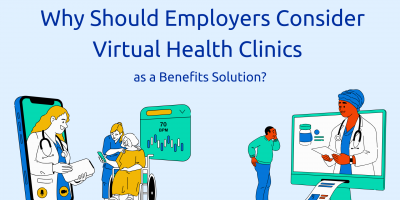
As healthcare continues to shift into the digital realm, employers must reevaluate their benefits packages to meet the growing demand for accessible care. Can virtual health clinics offer a solution to this challenge?
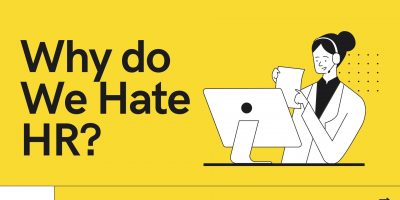
HR should be one of the company’s most helpful and valuable departments. However, for most employees, that is not the case.

Discover how small businesses and start-ups can benefit from free HRIS software in meeting core HR needs while also increasing the productivity of both managers and employees.
Used by most of the top employee benefits consultants in the US, Shortlister is where you can find, research and select HR and benefits vendors for your clients.
Shortlister helps you reach your ideal prospects. Claim your free account to control your message and receive employer, consultant and health plan leads.